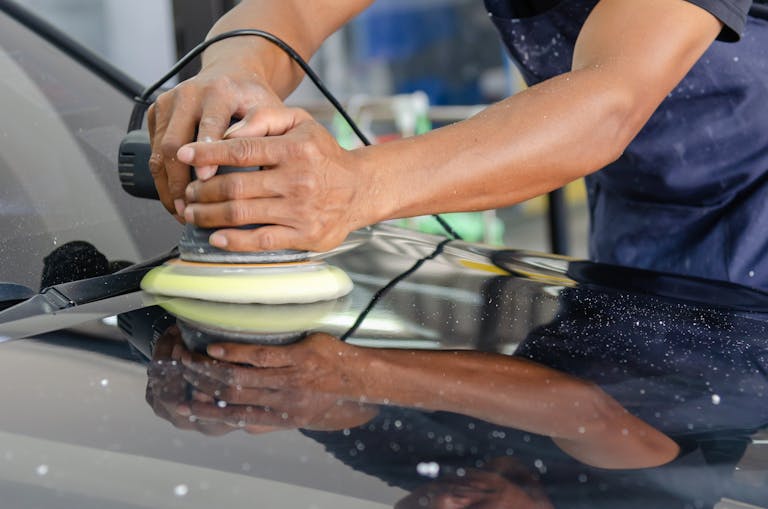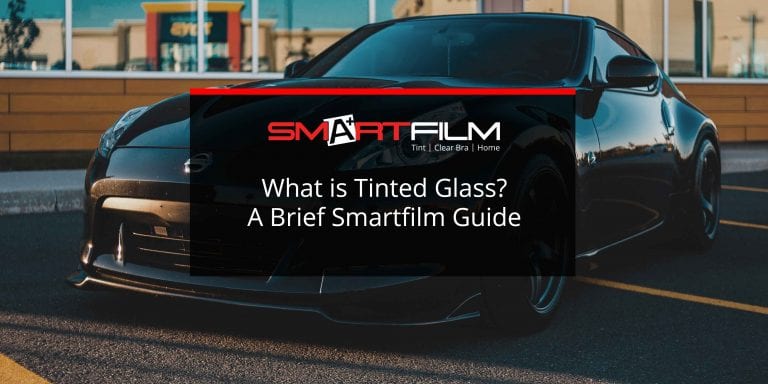How to Choose From These Different Types of Window Film
Beyond being the envy of your friends and neighbors, there are many other benefits to tinting your car’s windows. Tints will help keep the heat out in summer and trap heat in during winter. They can save your precious upholstery and dash from damaging UV rays and keep the harsh sun from beating down on you and your passengers. These different types of window film can also give you privacy.
Although many modern vehicles come with tints already pre-installed, aftermarket tints are still a popular option. Darker and stronger tints are available, which can get you the custom look you’re after. There are so many different types of tint to choose from, each with its own unique selling points.
Let’s take a look at six different types of window tint film. In this article, we would be talking about each type and benefits.
1. Dyed Window Tints
Dyed window tints are the most common type available, as well as the most affordable. These tints are thin, multi-layered films of dyed plastic that adhere strongly to your car’s windows.
They are made up of different densities of dye, depending on how dark a tint that you require. The dye helps stop a fair amount of UV rays entering your car, keeping it cool in the process. This type of window film offer high-quality protection for an affordable price, making them a popular choice.
2. Metallized Window Tints
A big step up from dye-based tints, metalized tints do the job of keeping heat and UV rays out, albeit by utilizing reflection. Metalized tint films have metal microparticles embedded within the layers of film to aid in their UV reflection.
The particles also help strengthen your car’s windows, making them far less likely to shatter when broken. These tints are shinier and more spy-vehicle-worthy than dyed tints and are far more scratch-resistant due to the metalized particles. This type of window film is also more efficient at blocking out heat and UV rays than a dye tint because of the infused metal film.
3. Hybrid Window Tints
The best of both worlds, hybrids are dye and metalized tints rolled into one unique package. This tint takes advantage of dye films’ affordability and privacy factor and adds in the strength and UV-blocking benefits of metalized tints. Additionally, these window films will not fade as quickly and are far more scratch-resistant.
4. Carbon Window Tints
Carbon window tinting films have a unique matte finish, making them a more subtle and tasteful option than the flashier shiny metalized tints—think undercover spy vehicle. They are infused with ultra-reflective carbon particles and won’t fade over time like dyed tints. The embedded carbon particles block up to 40% of infrared light, making them not only heat-reflective but also insulating. This means carbon tints work just as well in winter by keeping heat trapped inside the car, thus reducing heater use.
5. Ceramic Window Tints
These tints are the coup de grace, the latest and greatest. They are the most expensive of all the tints listed here but the most effective. Ceramic tints are free from both dye and metal particles, utilizing non-conductive ceramic micro-particles instead.
These particles don’t block cell or radio and cell phone signals but do effectively block UV and prevent heat from entering: They boast up to a 99% reduction. Its ceramic particles surpass all others in their ability to reduce glare, their strength and shatter resistance, and their lack of susceptibility to scratches.
6. Crystalline Window Tints
Lastly, we have crystalline, or clear, tints. These are multi-layered tints that are almost perfectly clear in appearance but still block UV rays and heat. If privacy is high on your list of requirements, clear tint is not for you. If you like the look of clear windows on your car but still want to block heat and UV rays, crystalline tints are the way to go.
In Summary
With these different types of window film for cars at your fingertips, you can have your undercover spy vehicle in no time. Depending on your needs and budget (and ideal fantasy), there is a wide variety of low-cost and high-end tints to cater to your every need.
Remember: It’s always a good idea to hire an experienced professional to apply tints for you. It’s possible to apply tints yourself, but unless you have the experience, this is not really a DIY project.
At best, your windows will have unsightly air bubbles everywhere, reducing visibility to basically zero. If anything does go wrong, you’ll need to hire a professional to remove them for you. This is both expensive, and embarrassing, not very cool at all.
Now that you have the knowledge about the different types of window films, you are now ready for your car window tint installation. Visit our website and let us help you today.







